Back to Courses

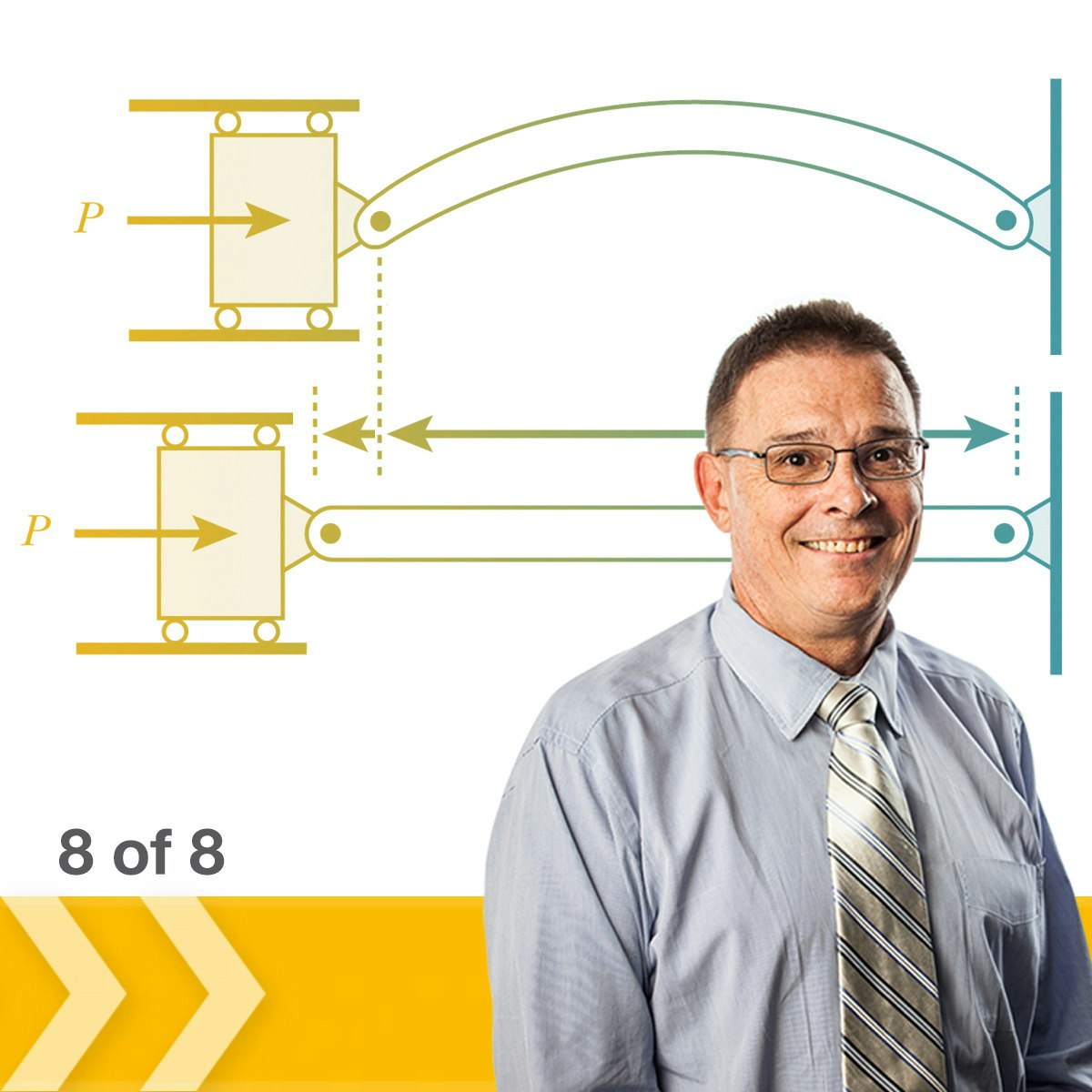
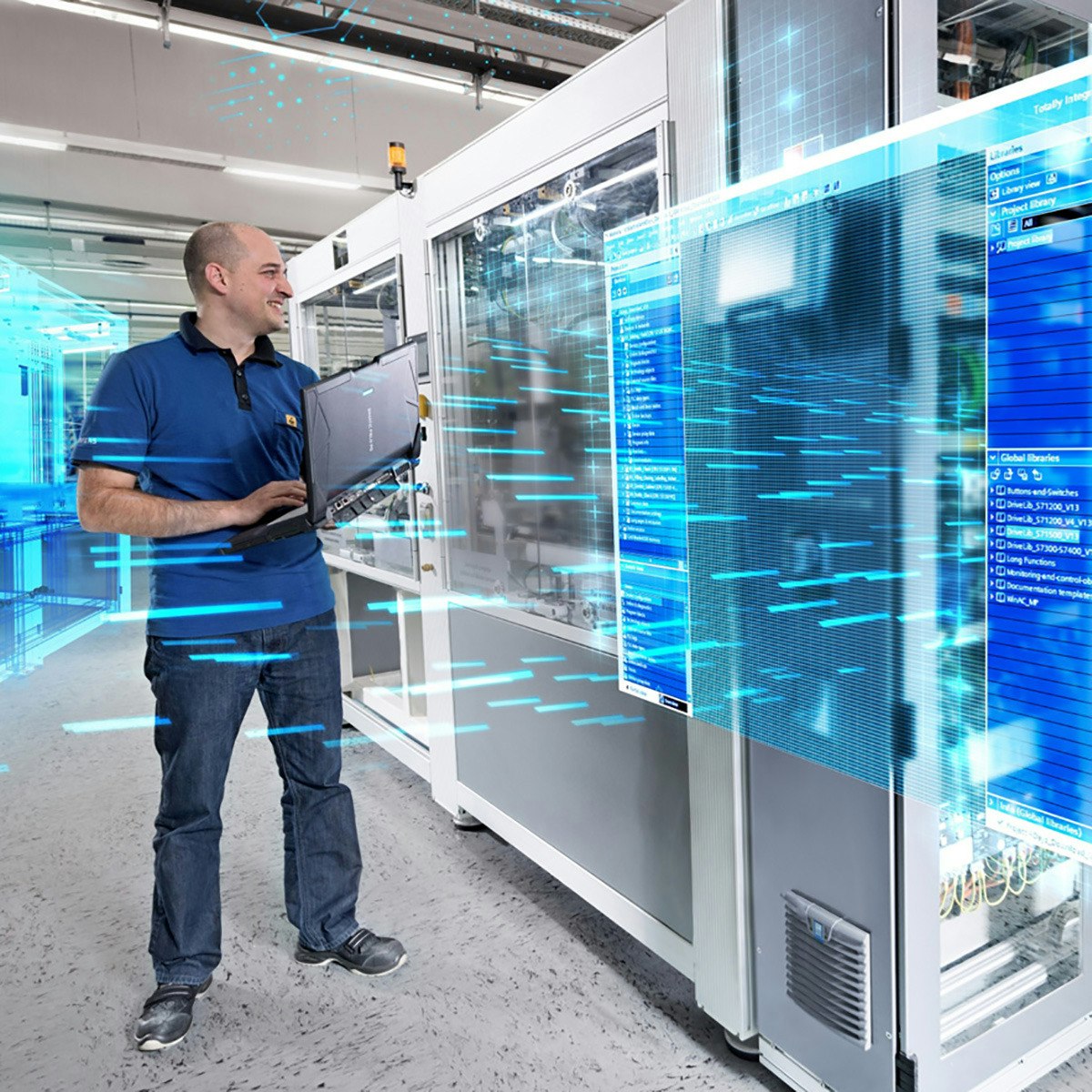


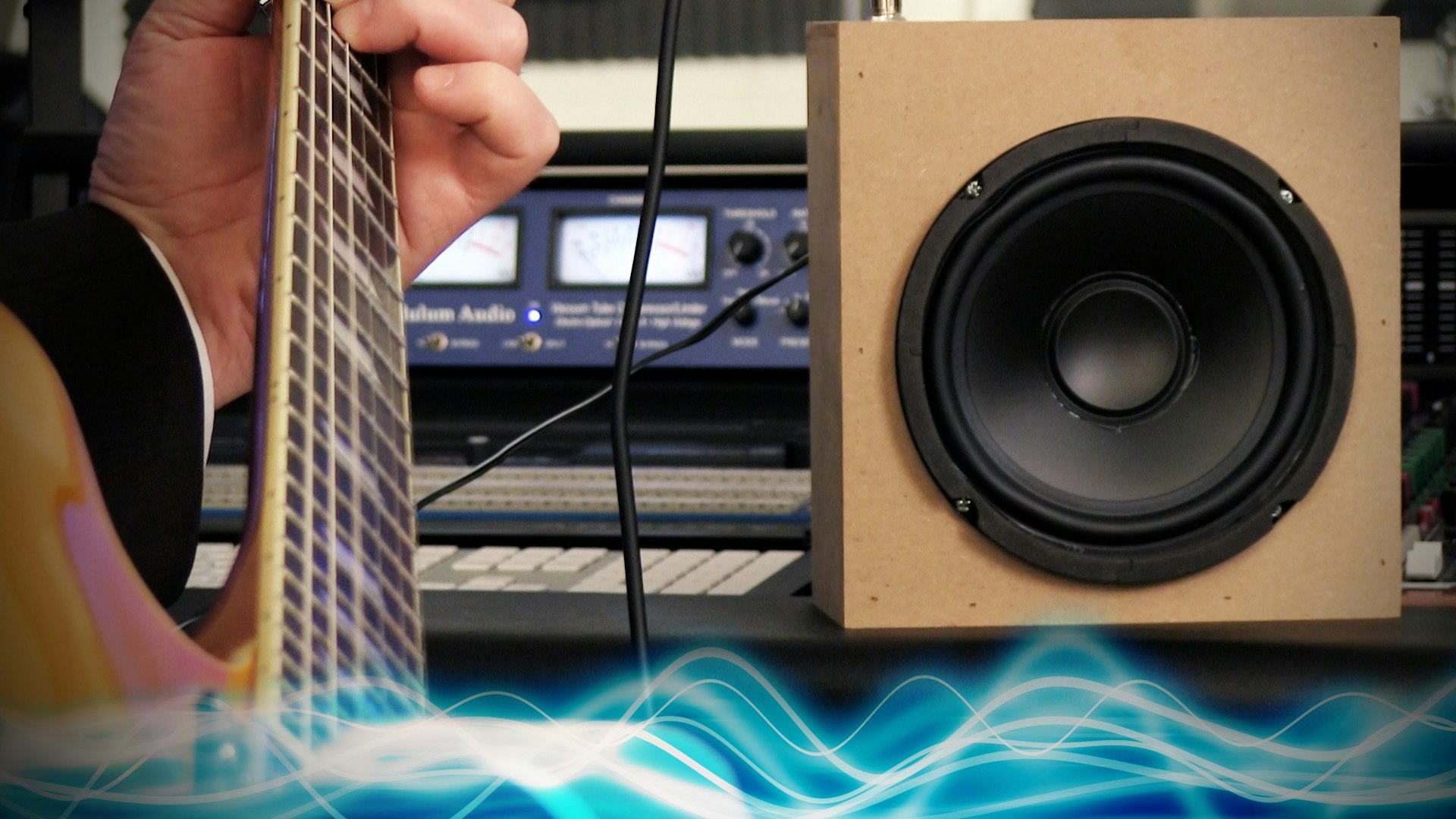
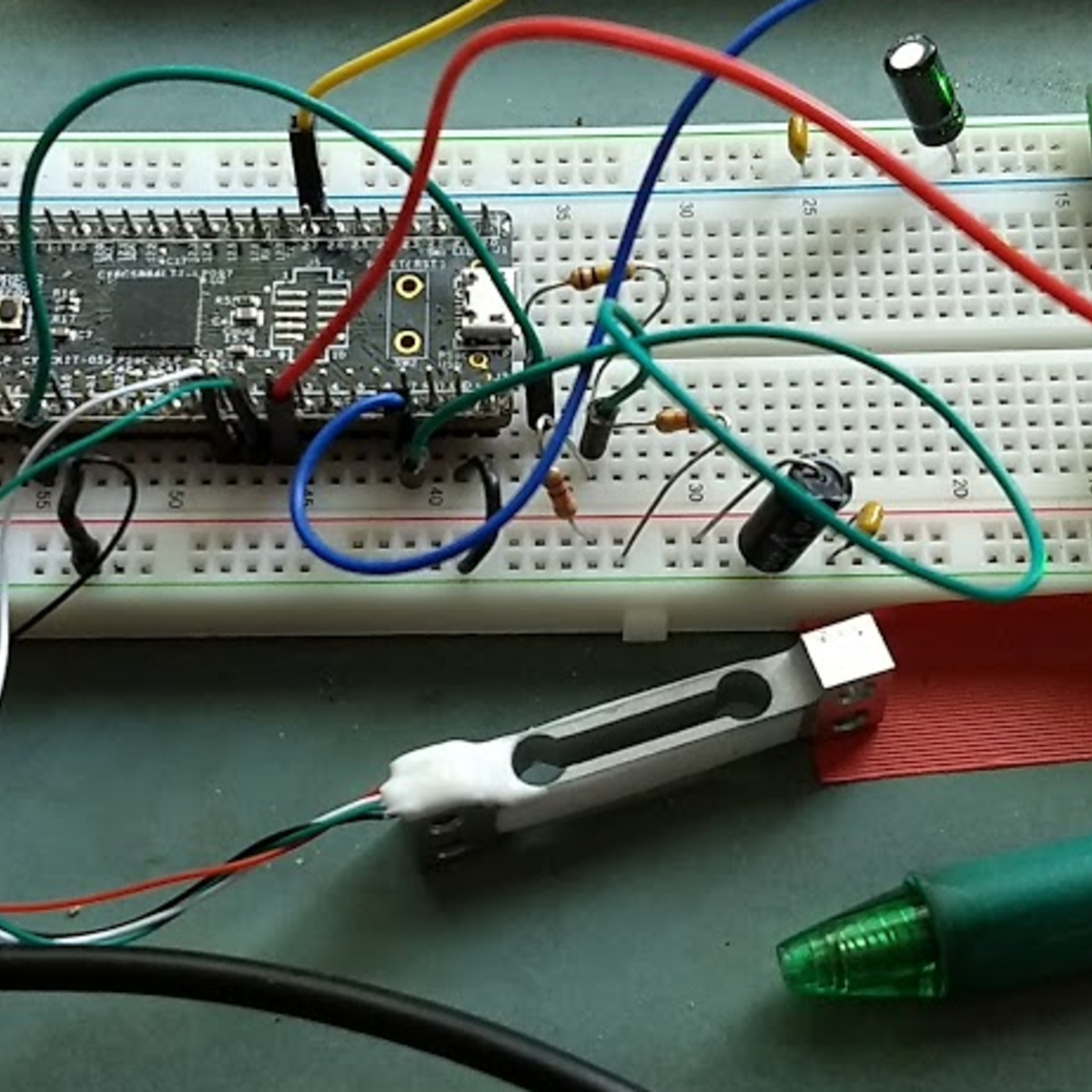
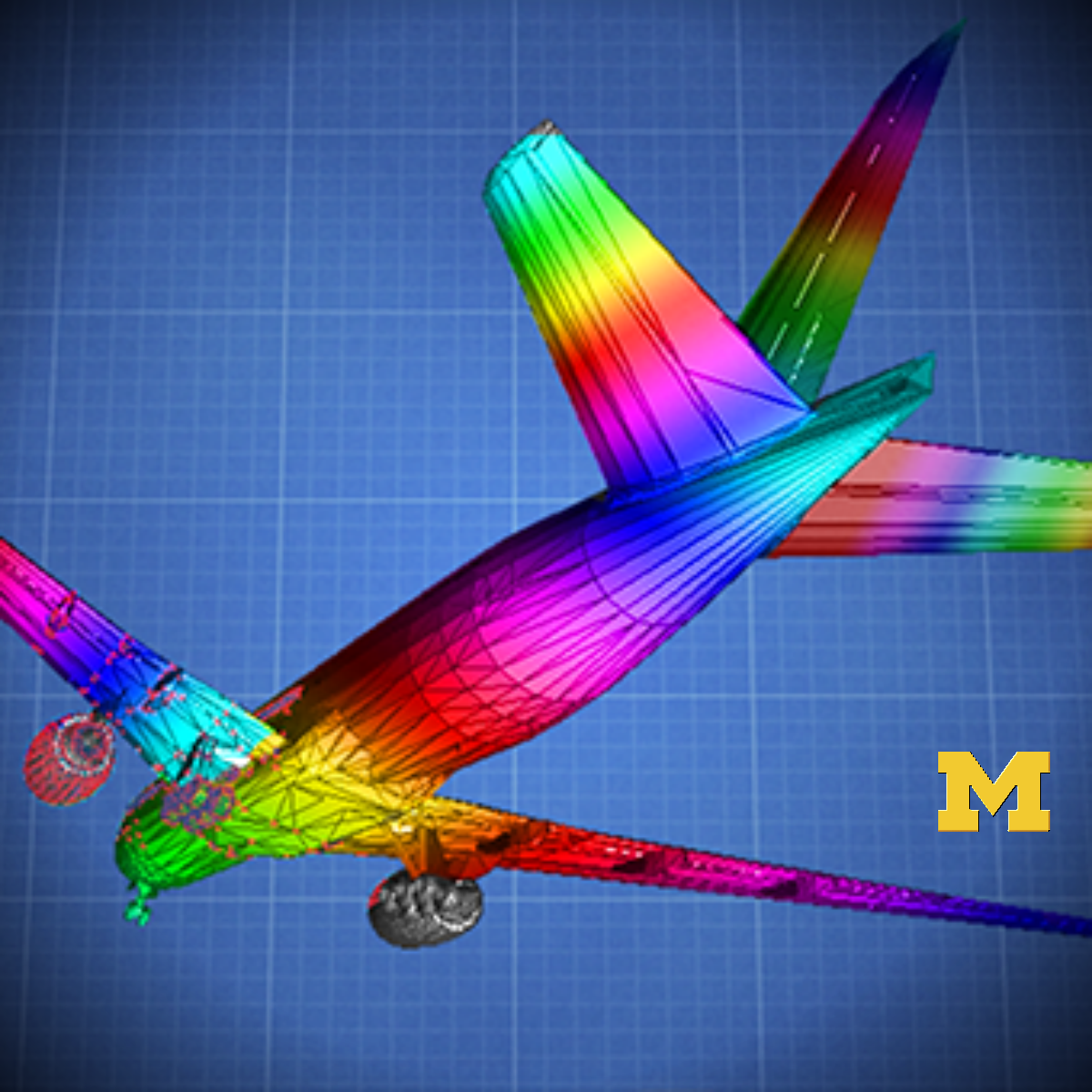
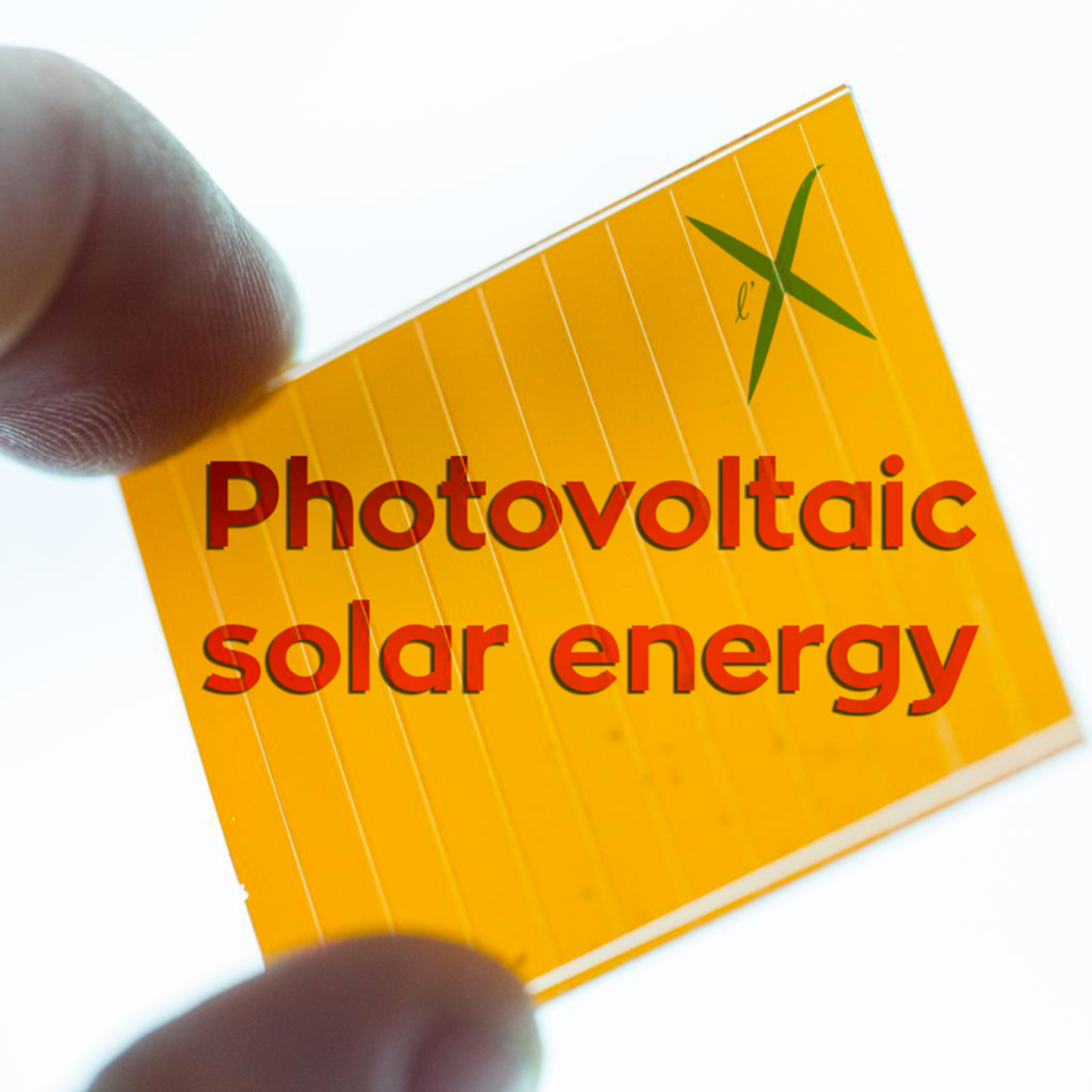
Physical Science And Engineering Courses - Page 21
Showing results 201-210 of 522

Real-Time Mission-Critical Systems Design
This course can also be taken for academic credit as ECEA 5317, part of CU Boulder’s Master of Science in Electrical Engineering degree.
Upon completion of this course the learner will know the difference between systems you can bet your life on (mission critical) and those which provide predictable response and quality of service (reliable). This will be achieved not only by study of design methods and patterns for mission critical systems, but also through implementation of soft real-time systems and comparison to hard real-time. Methods of verification to determine ability to meet mission critical as well as soft real-time requirements will be learned so that the learner can properly assess risk, reliability and impact of failure in real-time systems.
At the end of this course learners will be able to apply an architectural style (cyclic executive, RTOS, or embedded Linux) to more detailed design of a mission critical system, a soft real-time system, or a mixed hard and soft real-time system, including:
● Thorough understanding of hardware/software device interfaces and resource view for hardware abstraction layers (HAL, BSP)
● Design trade-offs with different real-time hardware architectures including single core, multi-core, hybrid-FPGA, GP-GPU, and DSP systems, with emphasis on multi-core
● Mission critical embedded systems architecture and key design elements
● Fault tolerant processing, memory, and I/O concepts

Analyzing Thermodynamics Processes using Wolfram notebook
In this 1-hour long project-based course, you will learn to compute & analysis of thermodynamic processes viz Adiabatic process ,Isobaric process, Isochoric process, Isothermal and polytropic process.This project gives you easy access to the invaluable learning techniques used by experts in Physics. We’ll learn about the how the brain uses two very different learning modes and how it encapsulates (“chunks”) information. We’ll cover through the best practices shown by research to be most effective in helping you master tough topics of physics.Using these approaches, no matter what your skill levels in topics you would like to master, you can change your thinking and change your attitude towards physics.Classical thermodynamics considers three main kinds of thermodynamic process: (1) changes in a system, (2) cycles in a system, and (3) flow processes.(1) A change in a system is defined by a passage from an initial to a final state of thermodynamic equilibrium. In classical thermodynamics, the actual course of the process is not the primary concern, and often is ignored. A state of thermodynamic equilibrium endures unchangingly unless it is interrupted by a thermodynamic operation that initiates a thermodynamic process.(2) A cyclic process carries the system through a cycle of stages, starting and being completed in some particular state. The descriptions of the staged states of the system are not the primary concern.(3) Defined by flows through a system, a flow process is a steady state of flows into and out of a vessel with definite wall properties. The internal state of the vessel contents is not the primary concern.

Mechanics of Materials IV: Deflections, Buckling, Combined Loading & Failure Theories
This course explores the analysis and design of engineering structures considering factors of deflection, buckling, combined loading, & failure theories
-------------------------------------------------
The copyright of all content and materials in this course are owned by either the Georgia Tech Research Corporation or Dr. Wayne Whiteman. By participating in the course or using the content or materials, whether in whole or in part, you agree that you may download and use any content and/or material in this course for your own personal, non-commercial use only in a manner consistent with a student of any academic course. Any other use of the content and materials, including use by other academic universities or entities, is prohibited without express written permission of the Georgia Tech Research Corporation. Interested parties may contact Dr. Wayne Whiteman directly for information regarding the procedure to obtain a non-exclusive license.

MBSE: Model-Based Systems Engineering
This Model-Based Systems Engineering (MBSE) course and the Digital Thread courses featured earlier in this specialization bring together the concepts from across digital manufacturing and design, forming a vision in which the geometry of a product is just one way of describing it. MBSE is where the model resulting from the evolution of system requirements, design, analysis, verification and validation activities is the focus of design and manufacturing. Students will gain an understanding of systems engineering, the model-based approach to design and manufacturing, the Digital Twin, and a roadmap toward a model-based enterprise.
Students will be able to explain the value and expectations of systems engineering and model-based systems engineering, and the underlying motivations and opportunities represented by a model-based enterprise. They will develop the knowledge necessary to perform a baseline assessment of an organization’s potential to leverage MBSE.
Main concepts of this course will be delivered through lectures, readings, discussions and various videos.
This is the eighth course in the Digital Manufacturing & Design Technology specialization that explores the many facets of manufacturing’s “Fourth Revolution,” aka Industry 4.0, and features a culminating project involving creation of a roadmap to achieve a self-established DMD-related professional goal. To learn more about the Digital Manufacturing and Design Technology specialization, please watch the overview video by copying and pasting the following link into your web browser: https://youtu.be/wETK1O9c-CA

Averaged-Switch Modeling and Simulation
This course can also be taken for academic credit as ECEA 5705, part of CU Boulder’s Master of Science in Electrical Engineering degree.
This is Course #1 in the Modeling and Control of Power Electronics course sequence. The course is focused on practical design-oriented modeling and control of pulse-width modulated switched mode power converters using analytical and simulation tools in time and frequency domains. A design-oriented analysis technique known as the Middlebrook's feedback theorem is introduced and applied to analysis and design of voltage regulators and other feedback circuits. Furthermore, it is shown how circuit averaging and averaged-switch modeling techniques lead to converter averaged models suitable for hand analysis, computer-aided analysis, and simulations of converters. After completion of this course, the student will be able to practice design of high-performance control loops around switched-mode power converters using analytical and simulation techniques.
We strongly recommend students complete the CU Boulder Power Electronics specialization before enrolling in this course (course numbers provided for students in CU Boulder's MS-EE program):
● Introduction to Power Electronics (ECEA 5700)
● Converter Circuits (ECEA 5701)
● Converter Control (ECEA 5702)
After completing this course, you will be able to:
● Explain operation and modeling of switched-mode power converters
● Model open-loop transfer functions and frequency responses
● Design closed-loop regulated switched-mode power converters
● Verify operation of switched-mode power converters by simulations
● Understand the Feedback Theorem principles
● Apply the Feedback Theorem to practical design examples
● Derive averaged switch models of and averaged circuit models of power converters
● Apply averaged-switch modeling techniques to analysis and design and simulations of power converters

Usable Security
This course focuses on how to design and build secure systems with a human-centric focus. We will look at basic principles of human-computer interaction, and apply these insights to the design of secure systems with the goal of developing security measures that respect human performance and their goals within a system.

Fundamentals of Audio and Music Engineering: Part 1 Musical Sound & Electronics
In this course students learn the basic concepts of acoustics and electronics and how they can applied to understand musical sound and make music with electronic instruments. Topics include: sound waves, musical sound, basic electronics, and applications of these basic principles in amplifiers and speaker design.

Pressure, Force, Motion, and Humidity Sensors
"Pressure, Force, Motion, and Humidity Sensors" can also be taken for academic credit as ECEA 5342, part of CU Boulder’s Master of Science in Electrical Engineering degree.
This is our third course in our specialization on Embedding Sensor and Motors. To get the most out of this course, you should first take our first course entitled Sensors and Sensor Circuits. Our first course gives you a tutorial on how to use the hardware and software development kit we have chosen for the lab exercises. This third course assumes that you already know how to use the kit.
After taking this course, you will be able to:
● Understand how to specify the proper AC or DC motor for a machine design.
● Integrate the motor to a machine, based on analysis of motor equations for voltage, current, torque and speed.
● Implement the motor and accompanying rotary sensor into a motor control circuit in both hardware and software.
● Add a motor and motor control circuit into a microprocessor based development kit.
● Create hardware and firmware to process motor feedback data to a microprocessor for further evaluation.
After taking this course, you will be able to:
● Understand how to specify the proper pressure, force, strain, position, motion, acceleration, occupancy, and humidity sensors for taking real-time process data.
● Implement these sensors into an embedded system in both hardware and software.
● Add the sensor and sensor interface into a microprocessor based development kit.
● Create hardware and firmware to process sensor signals and feed data to a microprocessor for further evaluation.
In this course you will build the circuit from Video 7 (Lab Exercise on strain gauges), Module 2 (Force and Strain Sensors and Touch Screens), and use it to make screen shots of the timing of the switch. If you haven't already wired up the system and written all the software per the instructions of Video 7, please do so now.
You will need to buy the following components to complete this assignment. Note that if you have already purchased the PSOC 5LP PROTOTYPING KIT, you do not need to buy it again.
These parts may be purchased off the Digikey web site, www. Digikey.com. One part needs to be purchased off the Sparkfun website www.sparkfun.com. Or, you may obtain the specs from the site, and purchase them elsewhere.
Digikey Part numbers are typed out here:
428-3390-ND
CF14JT22K0CT-ND
CF14JT100KCT-ND
Table shown here:
Index Quantity Part Number Description
1 1 428-3390-ND PSOC 5LP PROTOTYPING KIT
2 2 CF14JT22K0CT-ND RES 22K OHM 1/4W 5% AXIAL
3 1 CF14JT100KCT-ND RES 100K OHM 1/4W 5% AXIAL
Sparkfun part numbers are typed out here:
TAL221
Table shown here:
Index Quantity Part Number Description
1 1 TAL221 Mini-load cell - 100g, straight bar
Additional equipment needed:
• Wire - various gauges and lengths
• Breadboard
• Oscilloscope – suggested models are:
o PICOSCOPE 2204A-D2 available on www.digikey.com or
o Digilent 410-324 | OpenScope MZ available on www.newark.com
Depending on your budget, you can also investigate these models:
o Hantek HT6022BE20MHz - https://www.amazon.com/dp/B009H4AYII
o SainSmart DSO212 - https://www.amazon.com/dp/B074QBQNB7
o PoScope Mega50 USB - https://www.robotshop.com/en/poscope-mega50-usb-mso-oscilloscope.html
o ADALM2000 - https://www.digikey.com/en/products/detail/analog-devices-inc./ADALM2000/7019661

The Finite Element Method for Problems in Physics
This course is an introduction to the finite element method as applicable to a range of problems in physics and engineering sciences. The treatment is mathematical, but only for the purpose of clarifying the formulation. The emphasis is on coding up the formulations in a modern, open-source environment that can be expanded to other applications, subsequently.
The course includes about 45 hours of lectures covering the material I normally teach in an
introductory graduate class at University of Michigan. The treatment is mathematical, which is
natural for a topic whose roots lie deep in functional analysis and variational calculus. It is not
formal, however, because the main goal of these lectures is to turn the viewer into a
competent developer of finite element code. We do spend time in rudimentary functional
analysis, and variational calculus, but this is only to highlight the mathematical basis for the
methods, which in turn explains why they work so well. Much of the success of the Finite
Element Method as a computational framework lies in the rigor of its mathematical
foundation, and this needs to be appreciated, even if only in the elementary manner
presented here. A background in PDEs and, more importantly, linear algebra, is assumed,
although the viewer will find that we develop all the relevant ideas that are needed.
The development itself focuses on the classical forms of partial differential equations (PDEs):
elliptic, parabolic and hyperbolic. At each stage, however, we make numerous connections to
the physical phenomena represented by the PDEs. For clarity we begin with elliptic PDEs in
one dimension (linearized elasticity, steady state heat conduction and mass diffusion). We
then move on to three dimensional elliptic PDEs in scalar unknowns (heat conduction and
mass diffusion), before ending the treatment of elliptic PDEs with three dimensional problems
in vector unknowns (linearized elasticity). Parabolic PDEs in three dimensions come next
(unsteady heat conduction and mass diffusion), and the lectures end with hyperbolic PDEs in
three dimensions (linear elastodynamics). Interspersed among the lectures are responses to
questions that arose from a small group of graduate students and post-doctoral scholars who
followed the lectures live. At suitable points in the lectures, we interrupt the mathematical
development to lay out the code framework, which is entirely open source, and C++ based.
Books:
There are many books on finite element methods. This class does not have a required
textbook. However, we do recommend the following books for more detailed and broader
treatments than can be provided in any form of class:
The Finite Element Method: Linear Static and Dynamic Finite Element Analysis, T.J.R.
Hughes, Dover Publications, 2000.
The Finite Element Method: Its Basis and Fundamentals, O.C. Zienkiewicz, R.L. Taylor and
J.Z. Zhu, Butterworth-Heinemann, 2005.
A First Course in Finite Elements, J. Fish and T. Belytschko, Wiley, 2007.
Resources:
You can download the deal.ii library at dealii.org. The lectures include coding tutorials where
we list other resources that you can use if you are unable to install deal.ii on your own
computer. You will need cmake to run deal.ii. It is available at cmake.org.

Photovoltaic solar energy
The course is an introduction to the photovoltaic (PV) applications in the general mix energetic context dominated by climate warming mitigation.
The various uses of solar energy are firstly presented before a short description of the principle of the direct solar photon conversion into electricity (PV).
The various PV technologies are reviewed in the current context dominated by crystalline silicon cells. The perspectives of the various technologies are then analysed in terms of R&D investments.
From a more scientific point of view the basis of the solar cell operation is presented from the solar spectrum characteristics. The fundamentals of PV conversion are summarized. In particular the various sources of the conversion efficiency limitations are reviewed.
The solar PV systems, from cells to grids, are also addressed, with a particular emphasis on the challenges of grid-integration of PV and the development of storage technologies.
The environmental and social impacts of PV are compared to the competing energy sources. Generally PV is at advantage as referred to other fossil or renewable sources.
Finally the fast evolution of economics and financing of PV is presented together with the current key players, mostly Asian companies.
Popular Internships and Jobs by Categories
Browse
© 2024 BoostGrad | All rights reserved


